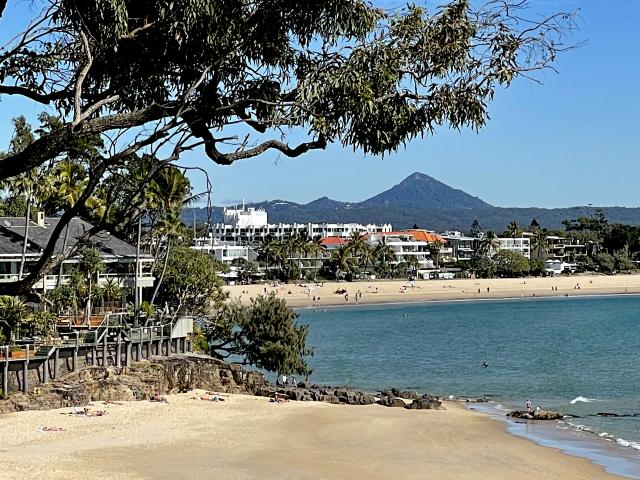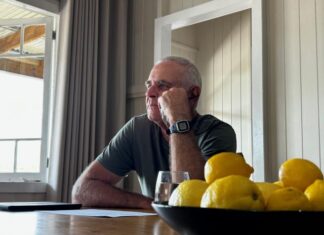Queensland property keeps proving itself to be a shining performer, according to quarterly median sales results released by the Real Estate Institute of Queensland (REIQ).
The June 2023 quarter (April-June 2023) revealed that many of the Sunshine State’s property markets remain in an enviable position, with statewide median house prices rising by 4.62 per cent over the quarter, and median unit prices lifting three per cent.
Taking a broader view and comparing Queensland’s annual figures, the state saw substantial year-on-year growth of 5.26 per cent for houses, and 6.91 per cent for units.
Some regional property markets are running particularly hot with double digit annual growth seen in Bundaberg (15.19 per cent for houses, 15.45 per cent for units), and Toowoomba (10.75 per cent for houses, 12.5 per cent for units).
Fraser Coast and Ipswich were also stand-out annual growth performers, with Fraser Coast houses up 10.71 per cent and units up 17.73 per cent, and Ipswich houses up 11.34 per cent and units up 13.69 per cent.
Noosa retained its title as setting the benchmark in Queensland with a median house price of $1.3m this quarter, followed by Brisbane ($1.02m), Gold Coast ($985,000), and Sunshine Coast ($936,000).
The strongest house market performers for quarterly growth were Brisbane (4.62 per cent), Redland (4.58 per cent), and Noosa (four per cent).
Queensland’s annual median house price reached $650,000, while capital city Brisbane’s annual median sale price dipped back below the $1million mark to $985,000.
Meanwhile Queensland’s annual median unit price remained just under half a million dollars ($495,000), but reached a record $510,000 in Brisbane – still practically half the price of Brisbane’s median house.
REIQ CEO Antonia Mercorella said contrary to commentary that property prices would go ‘belly up’, the data showed overall Queensland property is delivering sustainable growth.
“The dust has settled and we’ve returned to a much more stable sales market, with steady growth for owners and more time for buyers, and that’s a great market to be in,” she said.
“Interestingly, units are leading the way in annual growth in many of the state’s major markets, particularly outpacing house growth in Greater Brisbane and the tourism centres.
“It’s unsurprising that buyers are increasingly recognising the value and appeal of apartments, particularly those wanting to get out of the strained rental market and on to the property ladder.
“Over the past couple of years, the divide between house and unit prices in Brisbane has never been bigger, with units presenting a relative ‘bargain’ entry point and opportunity to live closer to the action.”
Ms Mercorella said immigration to the southeast corner would continue to be a primary driver for property growth, particularly with the Olympics on the horizon.
“While these results are somewhat surprising given rising interest rates, Queensland’s market is buoyed by population growth and a lack of listings hitting the market,” she said.
“It’s slim pickings for buyers hoping to secure a slice of the Sunshine State, and this creates competition and puts upward pressure on prices.
“But buyers have regained some time, with the typical time to sell a house expanding out to 29 days compared to a year ago, and for units it’s now 25 days, closer to a normal campaign period.
“The buyer mentality has now swung from FOMO (fear of missing out) to FOMM (fear of making a mistake), and accordingly we’ve seen the return of conditional contracts again.”
HOUSE MARKET HIGHLIGHTS
The highest volume of house sales across the quarter were Brisbane (2774), Gold Coast (1780), and Moreton Bay (1530), followed closely by Logan (1177) and Sunshine Coast (1056).
However, over the past year statewide house listing volumes have dropped by 18.8 per cent, with almost every major market across Queensland showing a double digit decrease in stock.







